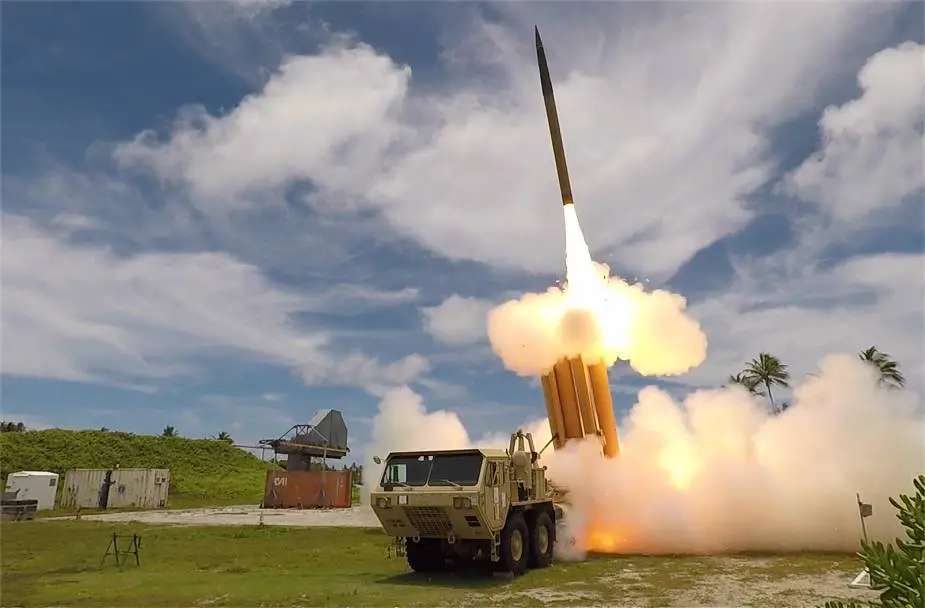Following the drone attacks in UAE (United Arab Emirates) last week, the THAAD (Terminal High Altitude Area Defense) was used for the first time in combat conditions to intercept drones and missiles during the attack on the UAE.
Follow Army Recognition on Google News at this link

A mobile launcher unit of the THAAD air defense missile system conducts missile test-launched. (Picture source U.S. DoD)
Citing information published by "The Drive" website, the attack on the UAE (United Arab Emirates) on January 17, 2022, killed three people and injured six more and was attributed to a combination of Houthi ballistic and cruise missiles, as well as drones.
In November 2012, the U.S. Defense Security Cooperation Agency notified Congress November 2 of a possible Foreign Military Sale to the Government of the United Arab Emirates (UAE) for 48 Terminal High Altitude Area Defense (THAAD) missiles and associated equipment, parts, training, and logistical support for an estimated cost of $1.135 billion.
The American THAAD air defense missile system is in service with the UAE armed forces since 2015. According to the SIPRI (Stockholm International Peace Research Institute) arms trade database, the United States has delivered two batteries of THAAD air defense missile systems as well as 192 missiles.
The Terminal High Altitude Area Defense (THAAD) is an American-made anti-ballistic missile defense system designed to shoot down short-, medium-, and intermediate-range ballistic missiles in their terminal phase (descent or reentry) by intercepting with a hit-to-kill approach, that deliver their destructive power by hitting the target at high velocity and do not contain an explosive warhead.
The THAAD missile is 6.2 meters long, 0.4 meters in diameter, and weighs 662 kg at launch. It consists of a single-stage, solid-propellant booster, and a liquid-fueled kinetic kill vehicle. The missile is able to intercept aerial targets with a range from 15 to 200 km.
A THAAD battery consists of four main components including up to 9 mobile launcher vehicles with eight missiles ready to fire, one AN/TPY-2 surveillance X-band radar used to search, track, and discriminate objects and provides data to the interceptor and fire control and command vehicle that links THAAD components together, and plans and executes intercept solutions.














